The 9th “KOGEI Art Fair Kanazawa 2025” Will Be Held
Featured Exhibitions & Events VOL.50
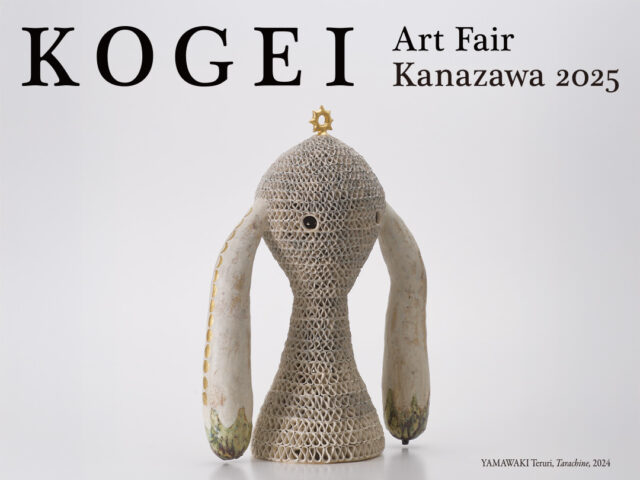

VOL.1-50
Update
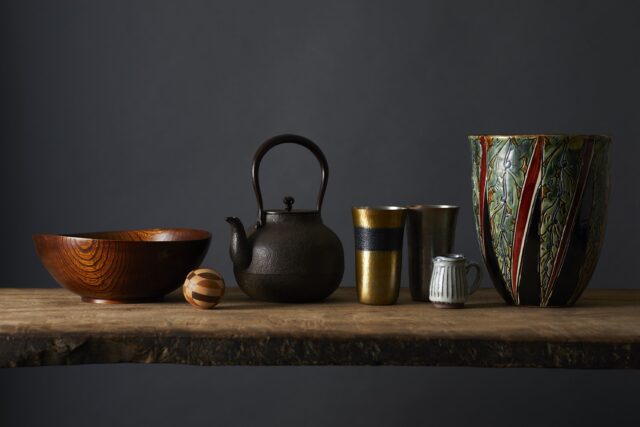
VOL.1-24
Update
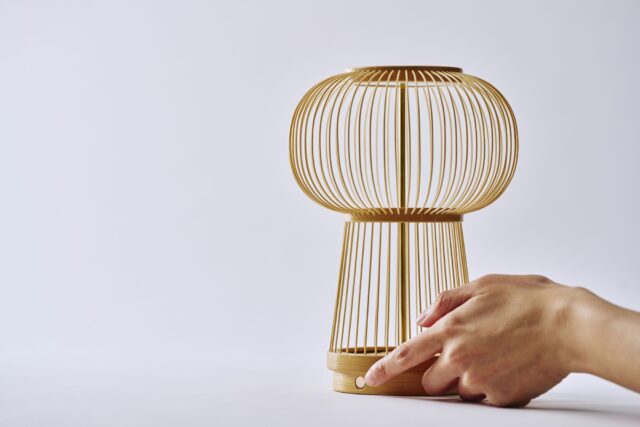
VOL.1-22
Update
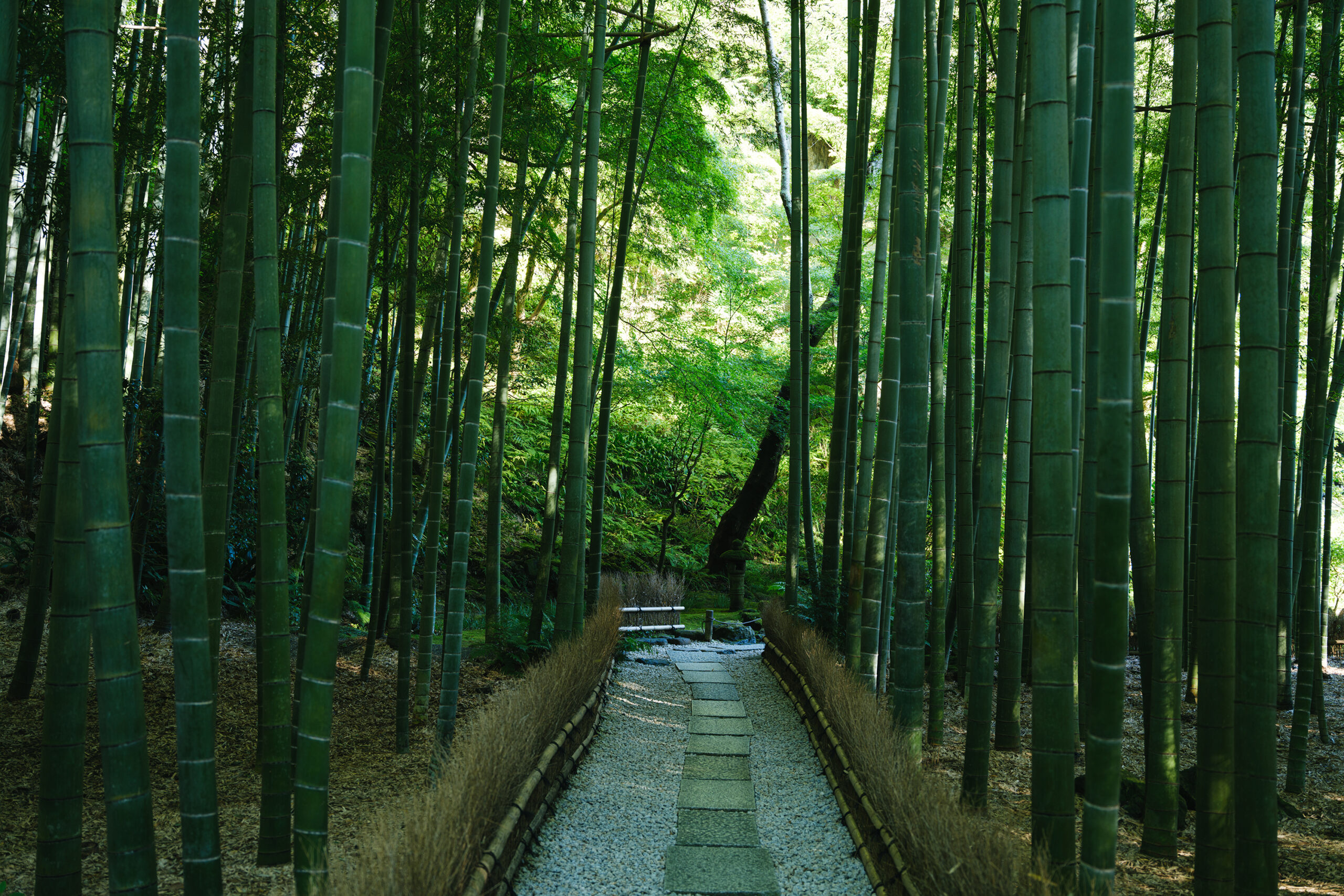
VOL.1-3
Update
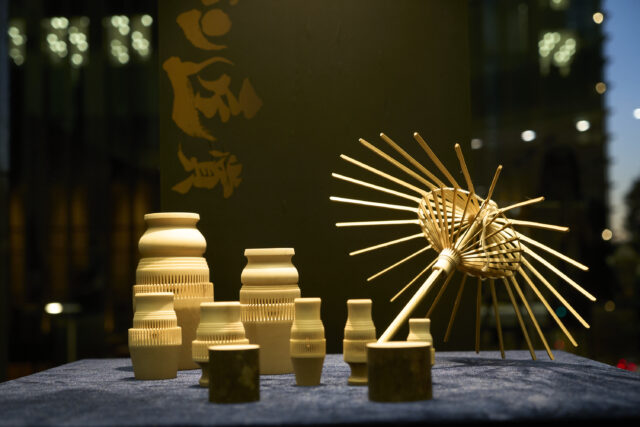
VOL.1-27
Update
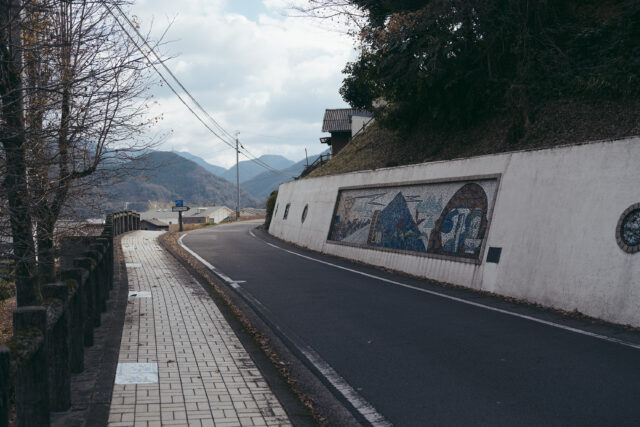
VOL.1-4
Update
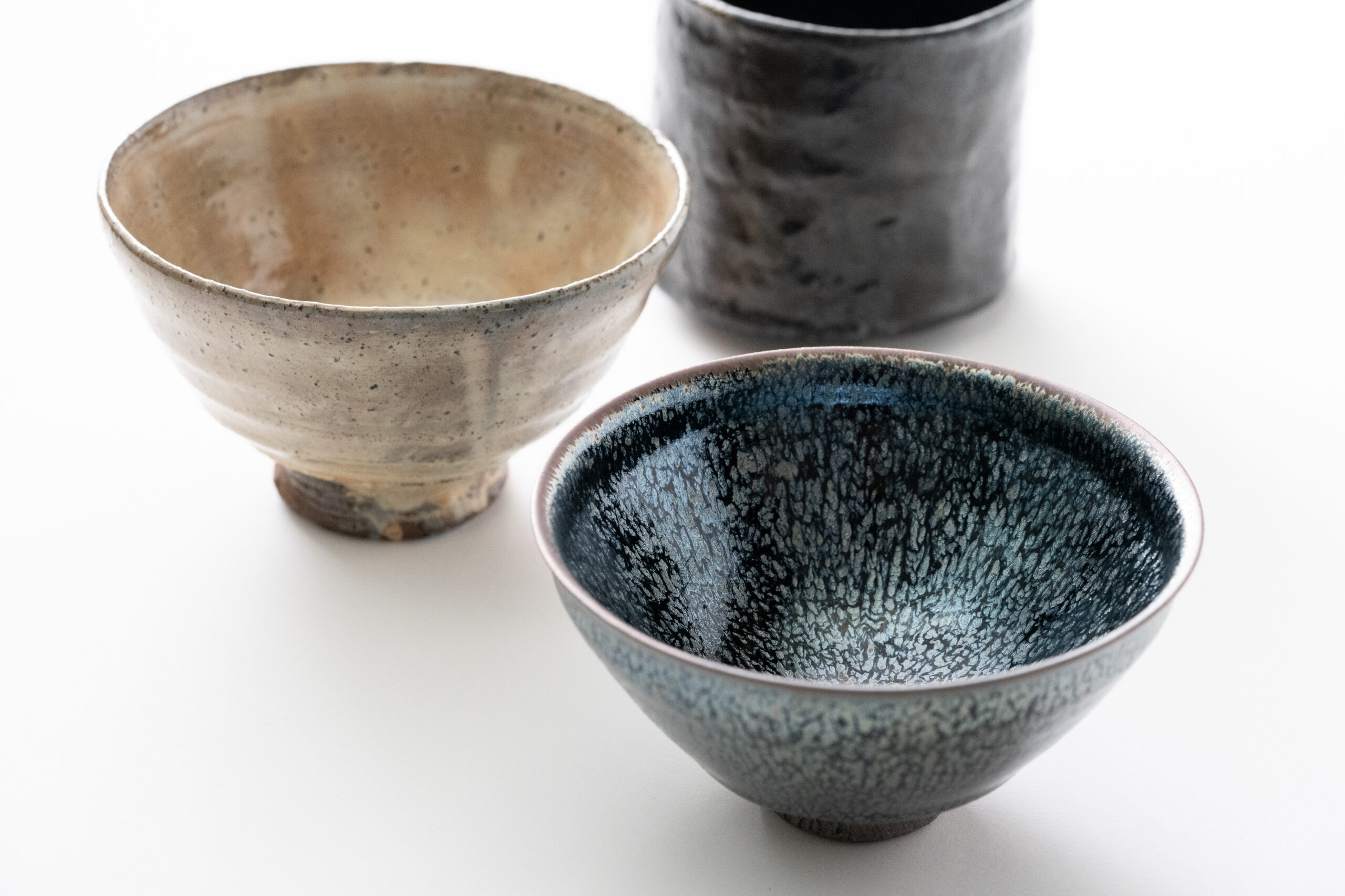
VOL.1-3
Update
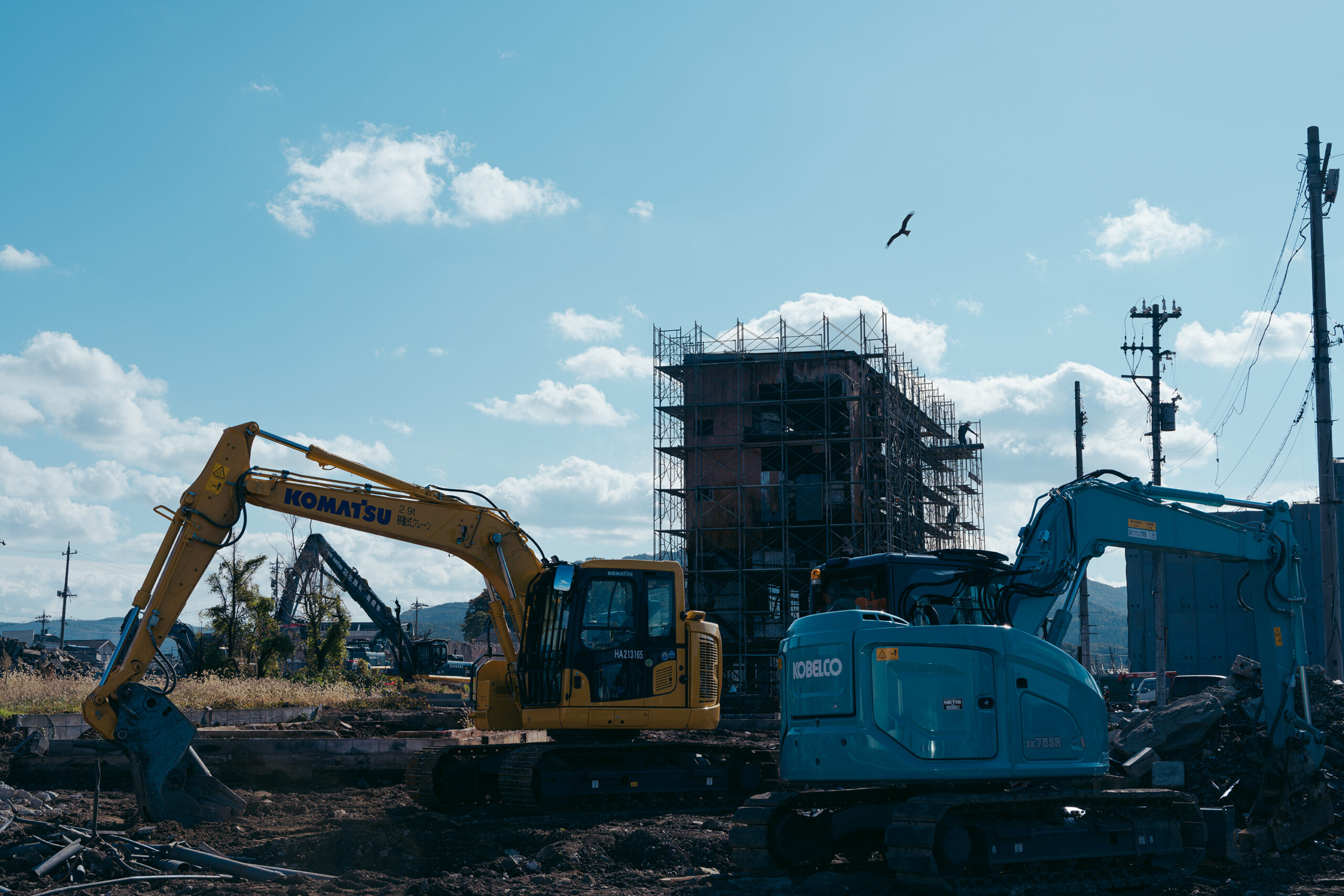
VOL.1
Update
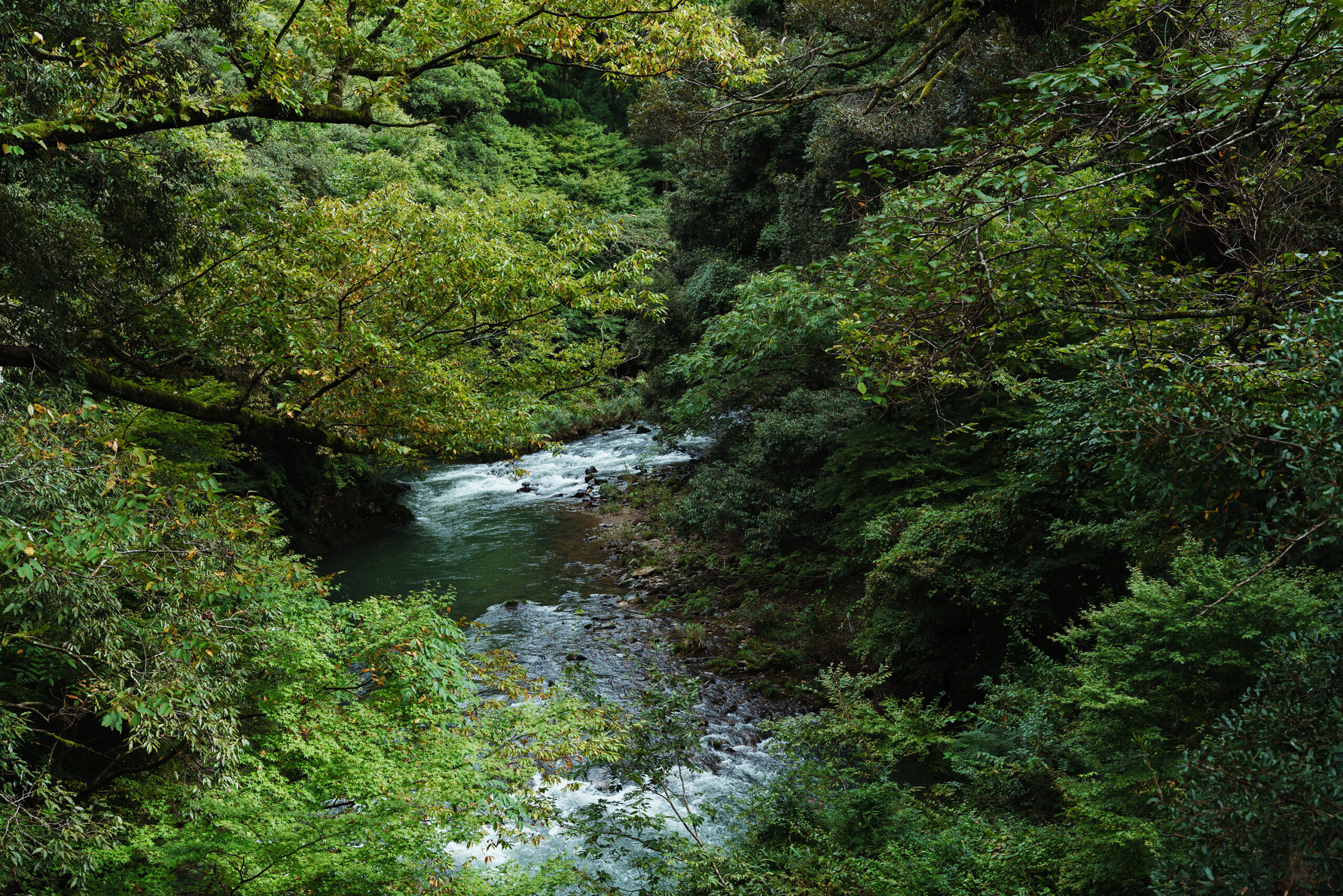
VOL.1-7
Update
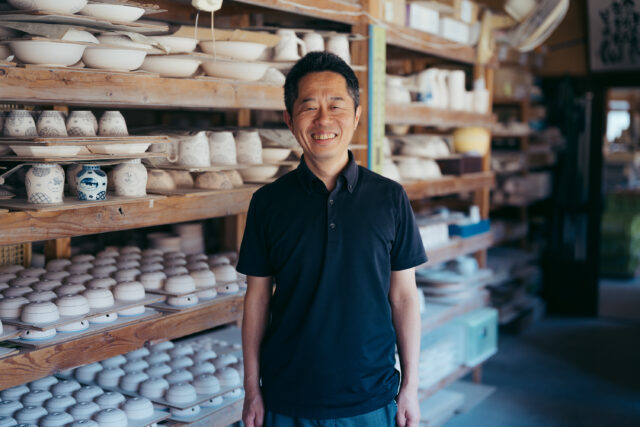
VOL.1-32
Update
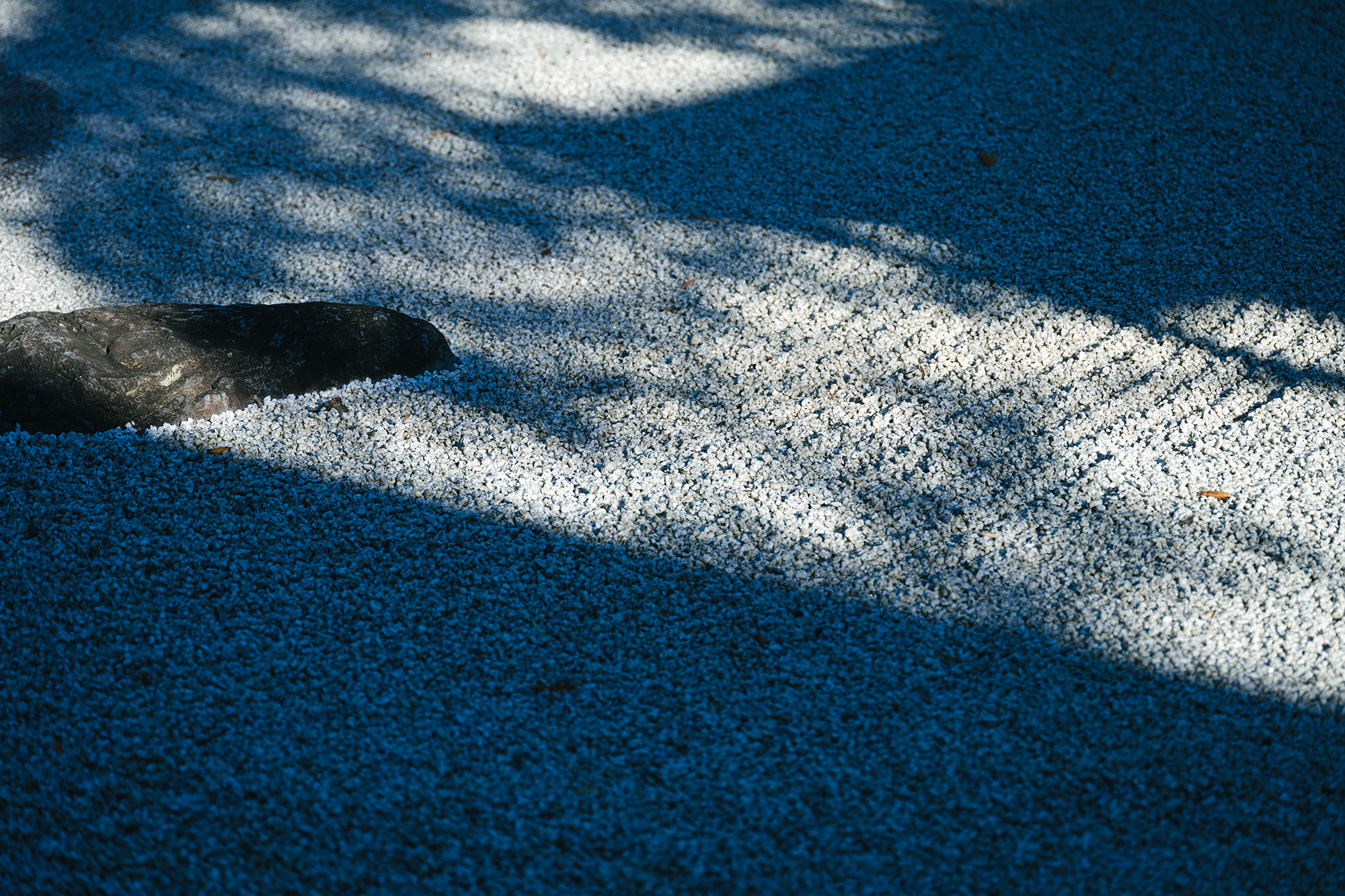
VOL.1-12
Update
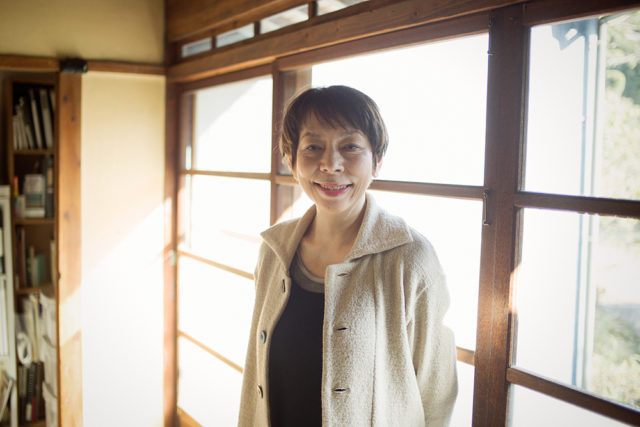
VOL.1
Update
We share a variety of information and perspectives on Japanese crafts, including exhibition information and interviews.
Featured Exhibitions & Events VOL.50
KOGEI Topics VOL.24
New Products VOL.22
KOGEI Topics VOL.23
Nov 15 – Dec 7, 2025
GALLERY SUGATA
Nov 17 – Dec 6, 2025
WALL_alternative
Yamanashi
Nov 18, 2025 – Feb 1, 2026
Yamanashi Prefectural Museum of Art
Nov 28 – Dec 7, 2025
SHIBUYA KURODA TOEN

A black tea bowl with a slightly constricted half-tube shape that fits comfortably in one’s hand. The color is not jet black, but rather a subdued, almost sooty bamboo color. It has a mysterious texture, with a slight luster remaining in its weathered appearance and rough texture. The appearance of this bowl makes it seem as if the “wabi-sabi” aesthetic of the time it was created more than 400 years ago has been revived in the present day, transcending the passage of time.
Hideki Yanashita is a ceramic artist who respects the spirit of wabi-sabi and strives to recreate that world as it would appear in the modern age. Among Raku ware, a style of pottery which reflects the philosophy pursued by Sen no Rikyu, those made by Chojiro, the first generation of the Raku family, were initially called “Ima-yaki Chawan,” literally, “now-ware tea bowls”, for their avant-grade appearance when they first emerged on the scene. Yanashita’s “Ima-yaki Black Tea Bowl” is modeled after those works of Chojiro.
The tea bowl, formed by hand without a potter’s wheel, will gently carry the warmth of tea to your palm. You might contemplate your own heart and mind with this bowl, giving yourself up to the tranquility of the world as the path of wabi-sabi leads you.
